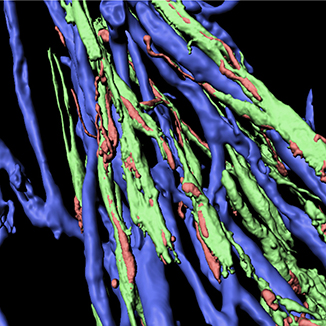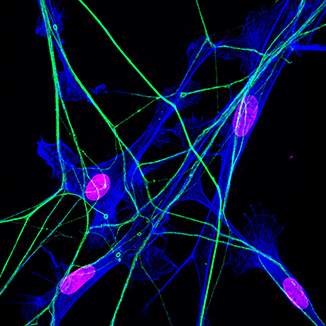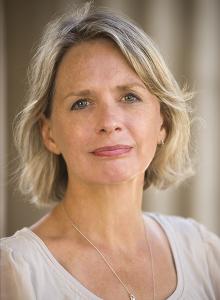Research synopsis


Selected publications
Malong L, et al (2023). Characterization of the structure and control of the blood-nerve barrier identifies avenues for therapeutic delivery. Dev Cell, 58(3):174-191.e8, 26 Jan 2023
Stierli S, et al (2019). Schwann cell plasticity-roles in tissue homeostasis, regeneration, and disease. Glia, 67(11):2203-2215, 19 Jun 2019
Stierli S, et al (2018). The regulation of the homeostasis and regeneration of peripheral nerve is distinct from the CNS and independent of a stem cell population. Development 145, dev170316
Rosenberg NH, et al (2018). HDAC3 Regulates the Transition to the Homeostatic Myelinating Schwann Cell State. Cell Reports 25 (10) 2755-2765
Cattin AL and Lloyd AC (2016). The multicellular complexity of peripheral nerve regeneration. Curr Opin Neurobiol. 39:38-46
Cattin AL, et al (2015). Macrophage-Induced Blood Vessels Guide Schwann Cell-Mediated Regeneration of Peripheral Nerves. Cell 162(5):1127-39
Lloyd AC (2013). The Regulation of Cell Size. Cell 154(6) 1194-1205
 Close
Close


